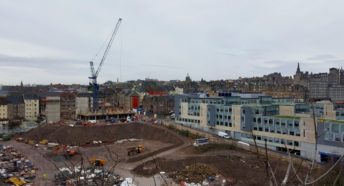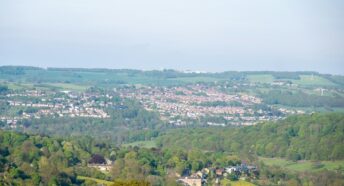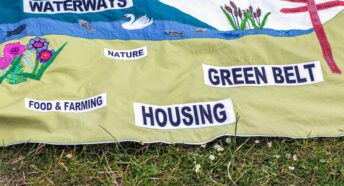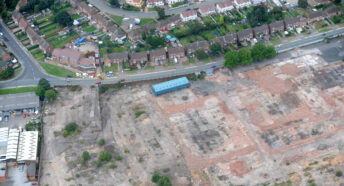Why everything in the garden’s not lovely
A recent report by Transport for New Homes has found that plans for just 20 of the government’s proposed ‘garden villages’ and ‘garden towns’ will result in the creation 200,000 car dependent homes – a far cry from the green and sustainable communities implied by their description.
The creation of these communities is part of a wider government plan to build more than 50 ‘garden’ villages and towns up and down the UK to help tackle the country’s housing supply crisis. But are they really the best way to do this?
Sustainable and walkable… or not?
The idea of garden villages was first proposed by Ebenezer Howard in the late 19th century. His vision was for communities comprising of 30,000 people on a site of around 400 hectares, allowing for a good range of public services to be supported and also ensure that no home needed to be further than 500 metres from the town centre. Ultimately, garden cities would be sustainable, walkable communities that used land well.
However, the current crop of garden settlements proposed by the government seem only to have the name in common. All too often, they’re low density and far from town centres and rail stations. They also lack public services provision, their streets are designed for car use, and funding for public transport, walking and cycling are missing.
Garden villages, developed more in tune with Ebenezer Howard’s vision, may offer part of the solution to the housing crisis. But such settlements don’t need to be new towns – and they certainly do not need to be built on greenfield land.
Triple threat
We’re in the midst of a triple threat from the climate, nature and public health emergencies, in addition to the housing crisis. With our land resource being central in tackling these issues, how we use this finite resource sustainably is an issue of growing importance. Luckily, through the development of existing brownfield land, there’s a clear opportunity to regenerate our existing towns and cities, meet the current housing need and protect our green spaces.
There are currently thousands of brownfield sites across England with enough space for more than 1 million much-needed homes. Recycling land that has already been used will not only help maximise the protection of our green spaces, but also provide housing and amenities where people need them, and, as a consequence, reduce car dependency – something that we’re sadly not seeing from current garden village developments.
However, the Transport for New Homes report Garden Villages and Garden Towns: Visions and Reality, has highlighted how far we still are from the vision of sustainable communities dreamt of by Howard. From investigating 20 garden community schemes, they found ‘an enormous gap between the garden community visions presented by the government, consultants and local councils, and the developments likely to be built in reality’. The problem is likely to be further exacerbated, the report notes, because around 75% of the Housing Infrastructure Fund spending goes on roads.
Well-designed development will be crucial in ensuring the quality of life for the people living in new homes, as well as protecting green spaces and the environment. With nearly two-thirds of us thinking that protecting and enhancing green spaces should be a higher priority after lockdown, it’s clear local communities must be empowered and standards raised for new developments. Only that will lead to a new generation of low-carbon, well-connected, genuinely affordable homes suitable for the 21st century that the term ‘garden town’ implies.









